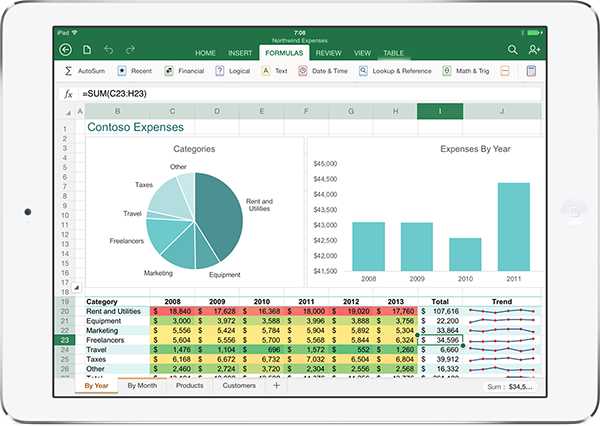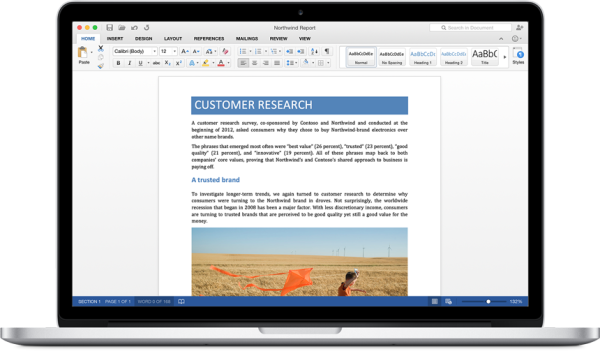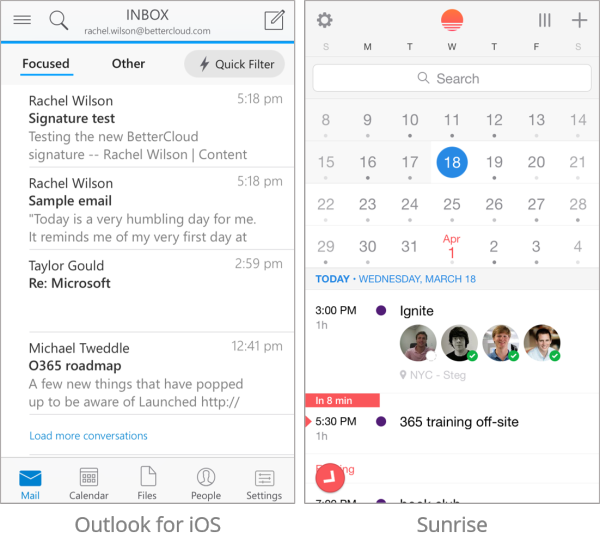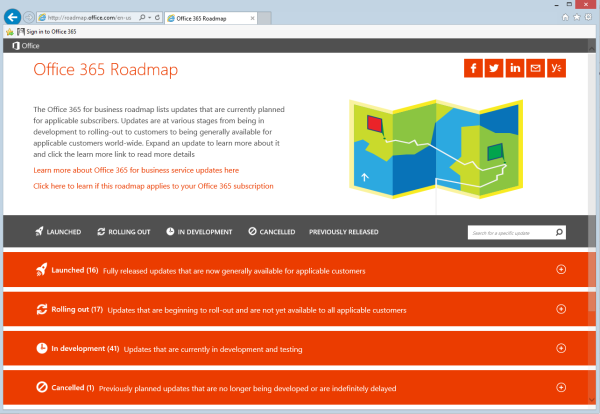3 Things We Love About Microsoft’s Focus on Innovation
March 19, 2015
4 minute read
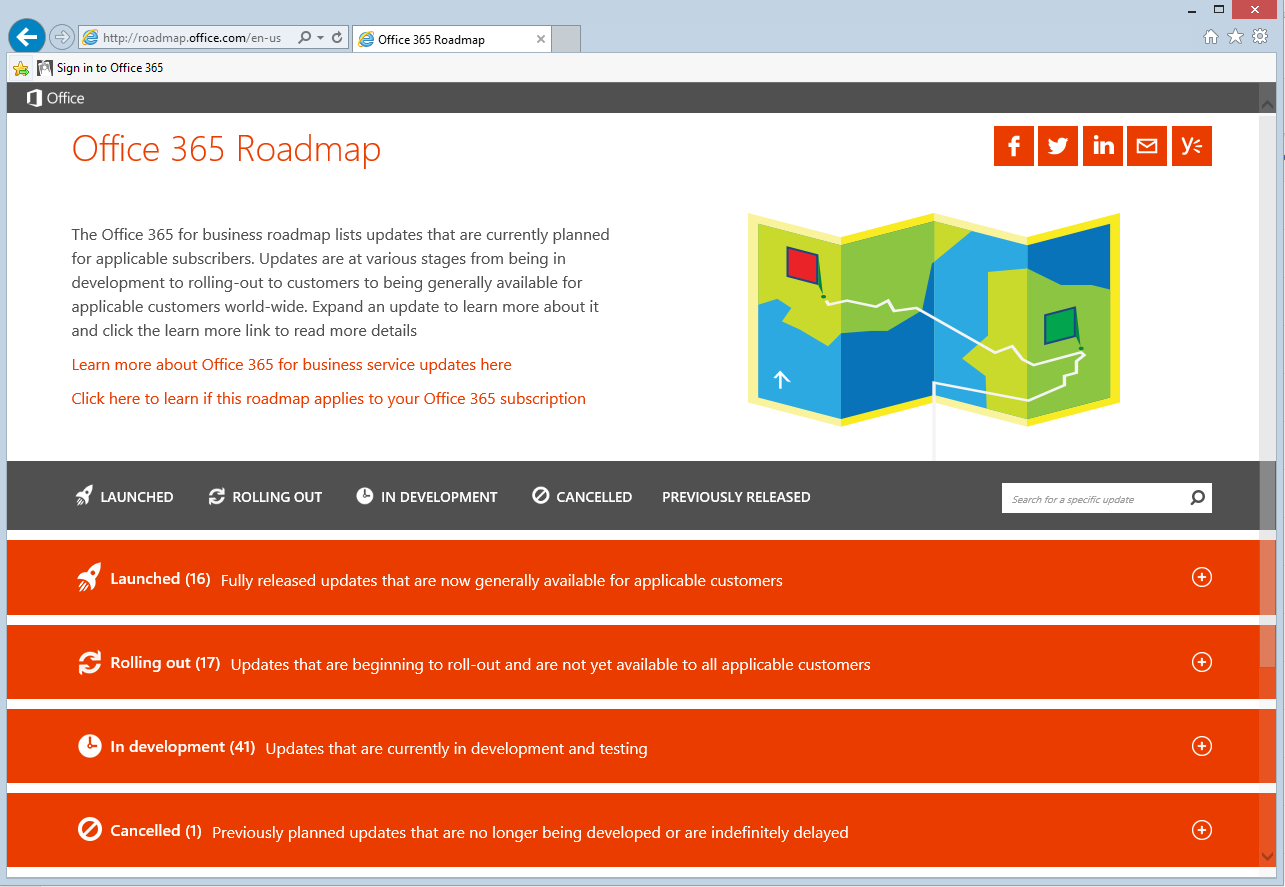
Rachel Wilson recently joined the Marketing team at BetterCloud to focus on BetterCloud for Office 365. Prior to BetterCloud, she was a Content Manager/Editor at Microsoft where she worked with technical support content within the Microsoft Partner Network (MPN).
When Satya Nadella stepped into his role as Microsoft CEO in 2014, he repeatedly used the word “innovation” in his public communications. While the word can come across as a buzzword or a cliché, Microsoft has actually kept Nadella’s promise over the past year, resulting in a palpable shift in the company’s reputation. The renewed focus on improving the end user’s experience has set Microsoft on the path (back to) greatness.
1. Warming up to cross-platform functionality
Until recently, it was easy to predict how and where the millions of Microsoft Office users were firing up Outlook or Excel: with desktop PC applications. That’s changed. Cloud-based Office 365 subscriptions are skyrocketing and mobile Office applications are proliferating, which means that users can take advantage of Microsoft’s productivity suite in entirely new ways.
Native Office apps for iPad were launched in March 2014. Not far behind was mobile Office for iPhone and Android. These mobile apps are integrated with Office 365 cloud services, which allows users to sync files with OneDrive, OneDrive for Business, and SharePoint. No longer do you have to wait until you’re back at your desk to deal with email attachments or edit PowerPoint slides.
Office for Mac 2016 has also received a lot of buzz after a recent preview launch. With an upgrade that many have called overdue, Mac users will be able to, you guessed it, work with Office apps that are seamlessly integrated with Office 365. Office for Mac 2016 also looks more up to date, which may not always result in improved functionality, but certainly has a big influence on users’ perception of Microsoft.
With these rollouts, Office applications now have a place across all kinds of devices and the ability to be used in any setting, proving that Microsoft has put consumers’ day-to-day needs first.
2. Partnerships and acquisitions with consumer benefits
Microsoft is no stranger to acquisitions, but some of the recent purchases have exemplified the new strategy of innovation.
The late-2014 acquisition of Acompli quickly resulted in a new and improved Outlook app for iOS. Around the BetterCloud offices, even the most dyed-in-the-wool Google power users have become enamored with Outlook for iOS. The purchase of the calendar app Sunrise will no doubt bring even more exciting cross-device and cross-platform applications.
The strategic relationships that Microsoft has formed recently are also revealing. In 2014, Microsoft partnered with companies like GoDaddy, Dropbox, and Salesforce.com, leading to new solutions aimed at both businesses and individual consumers. For example, users can now access Dropbox directly from Office apps, edit Office files within Dropbox, and share files from Office using Dropbox functionality. This deep level of integration with a competitor company would have been shocking ten years ago, but now it feels natural.
3. Top-down transparency and flexibility
One of the most impressive parts of Microsoft’s new path is its ability to shift direction based on consumer feedback. Rather than dictating to users how they should be using the products, Microsoft is really listening.
With its release this summer, Windows 10 is reviving the well-loved, much-missed Start Menu. When Windows 8 users bemoaned that they never wanted the original Start Menu to go away in the first place, Microsoft responded by combining, in Windows 10, the classic menu with the best features of Windows 8 accessibility. This type of compromise benefits everyone.
New products like Sway, Delve, and Office Mix have been great to explore, but so far have not been forced upon users or become mandatory parts of the Office suite. It feels more like, “Hey, here’s a cool tool you can use if you want” instead of “You must use this feature whether you want to or not in order to make our software work at all.”
Office 365 for Business users can access a public roadmap, which is evidence that the company is forming a more collaborative, open relationship with users. Clearly, the spirit of change extends to communication style, not just product development.
With this flexible and transparent approach, Microsoft keeps its loyal users in the fold and attracts a new set of devotees. Someone who might’ve characterized the company a few years ago as an unresponsive dinosaur now sees a Microsoft that has intentionally and enthusiastically broken with the past in order to focus on innovation.
As Nadella wrote in his first email as CEO, “Our industry does not respect tradition—it only respects innovation.” With ambitious changes coming as the new “productivity and platforms” strategy replaces the “devices and services” mantra of Microsoft of old, end users have reaped the benefits. And that’s certainly something to respect.



